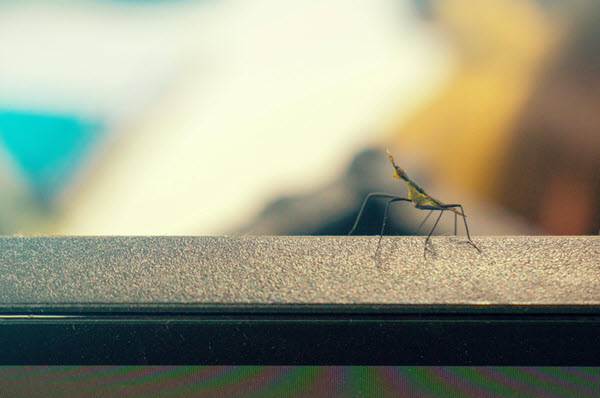A well-maintained home is not just about aesthetics or property value – it is also your first line of defense against unwanted pests. From termites and cockroaches to rodents and ants, pests are more than just a nuisance, they pose serious health risks and can cause significant structural damage if left unchecked.

This article aims to shed light on four major aspects that you need to bear in mind when tackling pest problems at home.
Visual Inspections are Key
A visual termite inspection is a crucial part of protecting any property from structural damage. Termites and other unwanted pests are silent destroyers, often causing significant harm before being detected. A thorough visual inspection helps identify early signs of infestation, such as mud tubes, damaged wood or discarded wings. Routine inspections help assess areas of vulnerability, like moisture buildup or wood-to-soil contact, which can attract termites.
Licensed inspectors are trained to spot subtle indicators that untrained eyes might miss, ensuring a more accurate assessment. This is important as only 34% of homeowners actually try to do inspections by themselves, which shows that there is a serious need for improvement. For those buying or selling property, a termite inspection also provides peace of mind and may be required for certain real estate transactions.
Small Entry Points, Big Problems
One of the most overlooked ways pests gain access to homes is through tiny cracks, gaps or holes. Mice, for example, can squeeze through an opening the size of a dime and insects can slip in through even smaller crevices. This is why regular inspections of your home’s exterior are critical. Look closely at areas around windows, doors, foundation lines and where utility lines enter the house.
Applying caulk to seal cracks, using weather stripping on doors and ensuring window screens are intact are basic yet powerful maintenance tasks. Neglecting these seemingly minor issues can allow pests an easy way in, especially as they seek warmth, food or moisture during seasonal shifts.
Moisture Control: A Hidden Battleground
Moisture is one of the most common factors that attract pests into a home. Many species, including termites, cockroaches, silverfish and certain ant types, thrive in damp environments. Leaky pipes under sinks, clogged gutters, poor drainage or condensation around HVAC units can create humid zones where pests flourish.
The importance of moisture control cannot be overstated. Termites alone cause billions of dollars in damage annually in the U.S., and a home with untreated wood and water damage is a prime target for these silent destroyers.
Yard Maintenance and Exterior Vigilance
The state of your yard and landscaping can significantly affect your home’s vulnerability to pests. Overgrown bushes, piles of leaves and wood stacked near the house provide harborage for rodents, snakes and insects. When these materials are close to exterior walls, pests have an easy transition from outdoors to indoors.
Homeowners should also regularly inspect for signs of pest activity around the home’s exterior, such as burrow holes, gnaw marks or insect trails. Early detection leads to faster, more cost-effective treatment.
Routine Cleaning is More Than Just Tidiness
Inside the home, cleanliness plays a pivotal role in pest prevention. Crumbs under appliances, uncovered trash and food left out overnight are open invitations for cockroaches, ants and rodents. Regular vacuuming, wiping down surfaces, and proper food storage (using sealed containers) help eliminate the conditions that attract pests.
Don’t forget overlooked areas like the pantry, behind the refrigerator, and garbage disposal units. Even pet food bowls should be cleaned regularly and not left out overnight. While no house is ever perfectly clean, consistent cleaning drastically reduces the chance of infestation by removing both food sources and hiding spots.
Proactive vs. Reactive: The Maintenance Mindset
Keeping pests out of your home comes down to adopting a proactive mindset. Too often, homeowners only act once there’s a visible problem. By that point, pests may have nested, multiplied and caused damage out of sight. Regular home maintenance, done intentionally and with pest prevention in mind, reduces this risk significantly.
Pests Begone!
Pest infestations are not inevitable – they are often preventable with consistent, thoughtful home maintenance. From sealing entry points and managing moisture to keeping your yard tidy and your kitchen clean, every action plays a big part in protecting your home. By treating home maintenance as a critical component of pest control, you not only safeguard your property but also your family’s health and comfort.
As mentioned above, in the battle against pests, there are many preventative measures you can take, just be sure to pick the one that suits your needs best and also bear in mind the severity of your situation.




